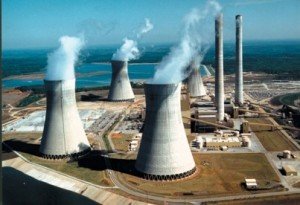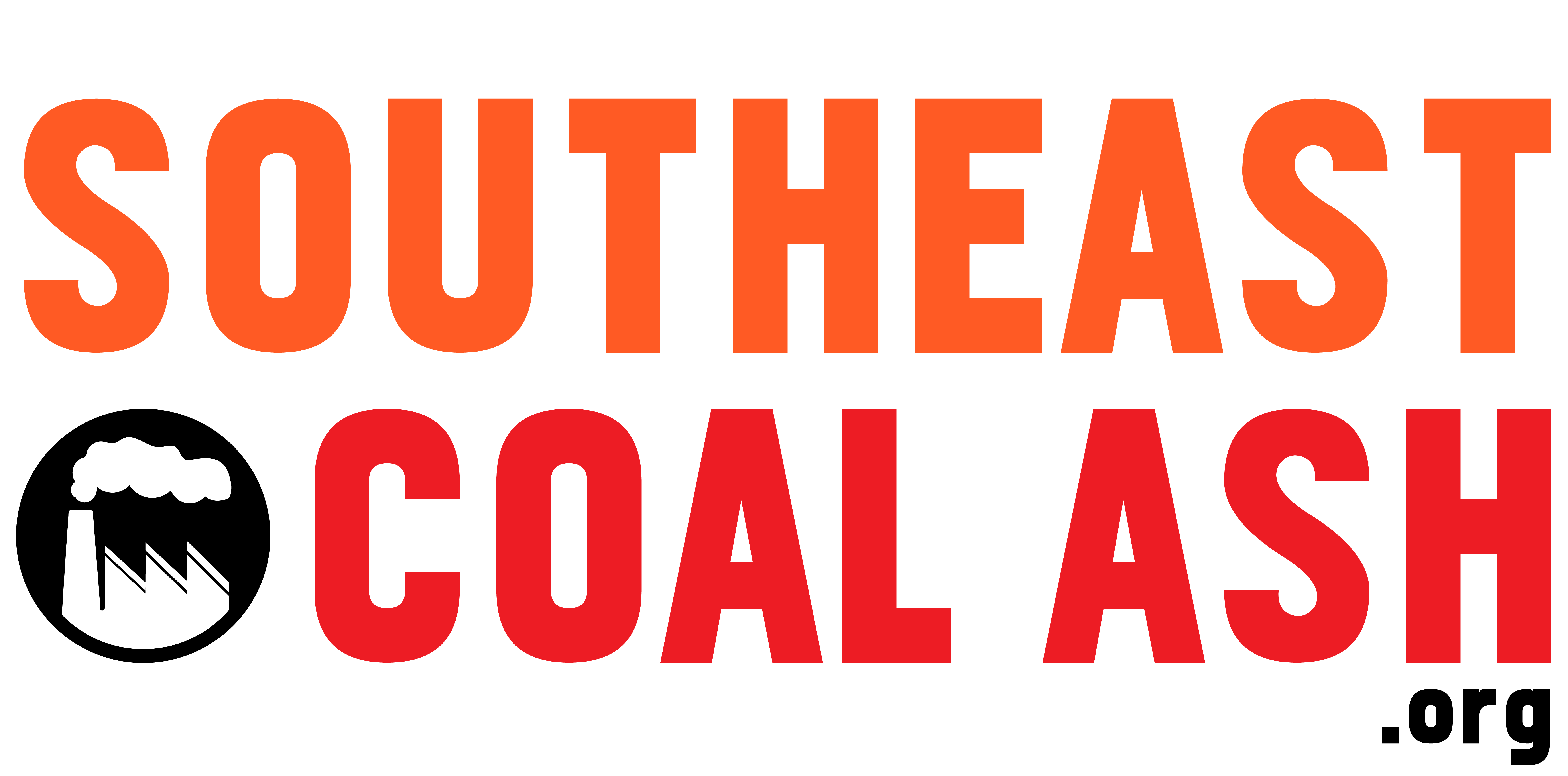
Photo Credit: John Sepulvado, C.
General Overview
In December 2014, EPA released its long-awaited coal ash rule. EPA left enforcement of the rule to the utilities (and other owners) themselves, the states, and via citizen suits. But Georgia has a troubling track record when it comes to protecting communicates from the dangers of coal ash.
Georgia is home to 11 coal-fired power plants which collectively store at least 86 million tons of toxic coal ash. The utility is planning to leave the vast majority (89 to 91%) of its ash in pits across the state. These pits lack liners beneath the ash to prevent groundwater contamination. The utility is also planning to discharge an estimated 5 billion gallons of contaminated wastewater into Georgia’s waterways.Annually,
Georgia’s power plants generate 6.1 million tons of coal ash making the state 8th in the nation for coal ash generation. You can find the volumes of ash and wastewater where available by clicking a Georgia power plant on the homepage and scrolling down to Power Plant Details and Maps.
Georgia Power should remove its coal ash from unlined pits to lined, dry storage away from rivers and waterways where it will not contaminate groundwater, or put already vulnerable environmental justice communities at additional risk. South Carolina utilities are proving that this method is not only possible – it can reduce contamination in groundwater. Georgia Power has already discovered groundwater contamination at six of the utility’s 11 power plant sites.
Current Regulatory Programs
Georgia Power is subject to the requirements of EPA’s coal ash and effluent limitation rules, which set minimum federal requirements for storage and handling of coal ash, and liquid discharges from coal ash waste, respectively. However, the EPA’s coal ash rule is self-enforcing, meaning it can only be enforced through lawsuits brought by citizens or through the actions of state agencies like Georgia’s Environmental Protection Division (EPD). In 2016, EPD adopted EPA’s storage and handling standards into state solid waste rules, while adding some stronger requirements.

Photo Credit: AJC
Legislation
In 2016, Rep. Hank Johnson (D – Georgia) introduced a federal bill that would close loopholes in the EPA’s coal ash rule and strengthen protections for communities near landfills that store coal ash. Georgia’s General Assembly created a committee to study coal ash disposal issues. It’s a good step forward that the Assembly is responding to community coal ash concerns.
In early 2013, Representative Mary Margaret Oliver announced the introduction of House Bill 136, aimed at regulating Georgia’s solid waste management. The bill contains legislation that would require more consistent monitoring of Georgia’s wet and dry ash storage facilities. The bill would require all coal ash impoundments obtain a permit from the state’s Environmental Protection Division.
Check out more information about coal ash in Georgia and the EPA’s coal plant water pollution standards for the state.
Create-Your-Own Coal Ash Report
Full control to create the report of your choosing listing coal plants with ash impoundments in the Southeast.
Create your report NOW!
